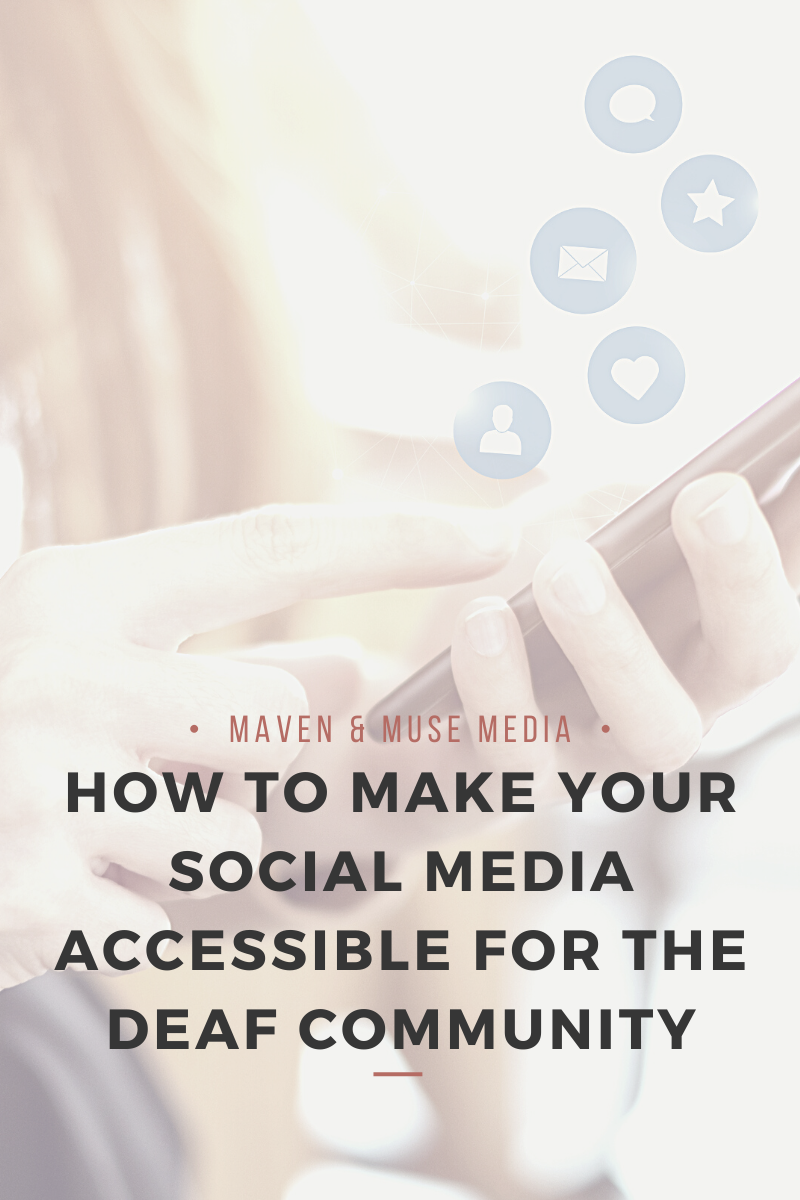If you aren't captioning your stories or videos, you're probably leaving money in the scroll.
I don’t know about you, but I do not know too many people whose phone volume is turned up when watching Instagram stories. One of my favorite things to do is sit places and watch how other people consume social media. Observing helps me understand how people interact with the platforms and allows me to alter posts for the demographics I am targeting on behalf of clients.
For example, during lunchtime, I notice single people eating their lunches but scrolling Instagram stories without sound. You are getting tapped on by if you are talking during your Instagram stories and not captioning them. If people do not have their earbuds, most likely they do not have the sound on. They will not be that person sitting by themselves with their phones sounds up for all the cafe to hear what it is precisely they are listening to; Especially when they aren’t sure what the account will be saying.
I have observed when people are out in public and scrolling while they are waiting for a table, picking up an order, or whatever else they could be waiting for, they will not turn up the volume just to listen to your story. They also are even less likely to go back and find your account to watch when they are in the comfort of their home. If you had the captions turned on, they would watch and read them, but you are getting tapped to the next without captions.
Another reason to caption your stories and videos is that not everyone in the world can hear. Making your social posts accessible to all communities is an excellent way to show that your brand supports inclusivity when you caption your posts. This deaf community uses screen readers to correct the words and context of your videos because the screen readers pick up the words in the captions.
Federal laws require closed captioning — or subtitles you can turn on and off — to be offered on broadcast television, including on live programming. But those laws, like so many others, were crafted before social media exploded and have not been extended in most cases to the user-dominated Internet. 2020 favorite and gaining in marketing popularity Tik Tok doesn’t even offer a closed caption feature; you manually need to type your captions in if you decide to use them.
There is plenty of caption creator software out there, and Instagram even offers a caption sticker within the app itself; which side pro-tip, watch your videos back and read through the captions to see how accurate they are at translating your words.
Hard of hearing or deaf social media users are part of the human condition, please consider them and the visually impaired community when creating video content.

